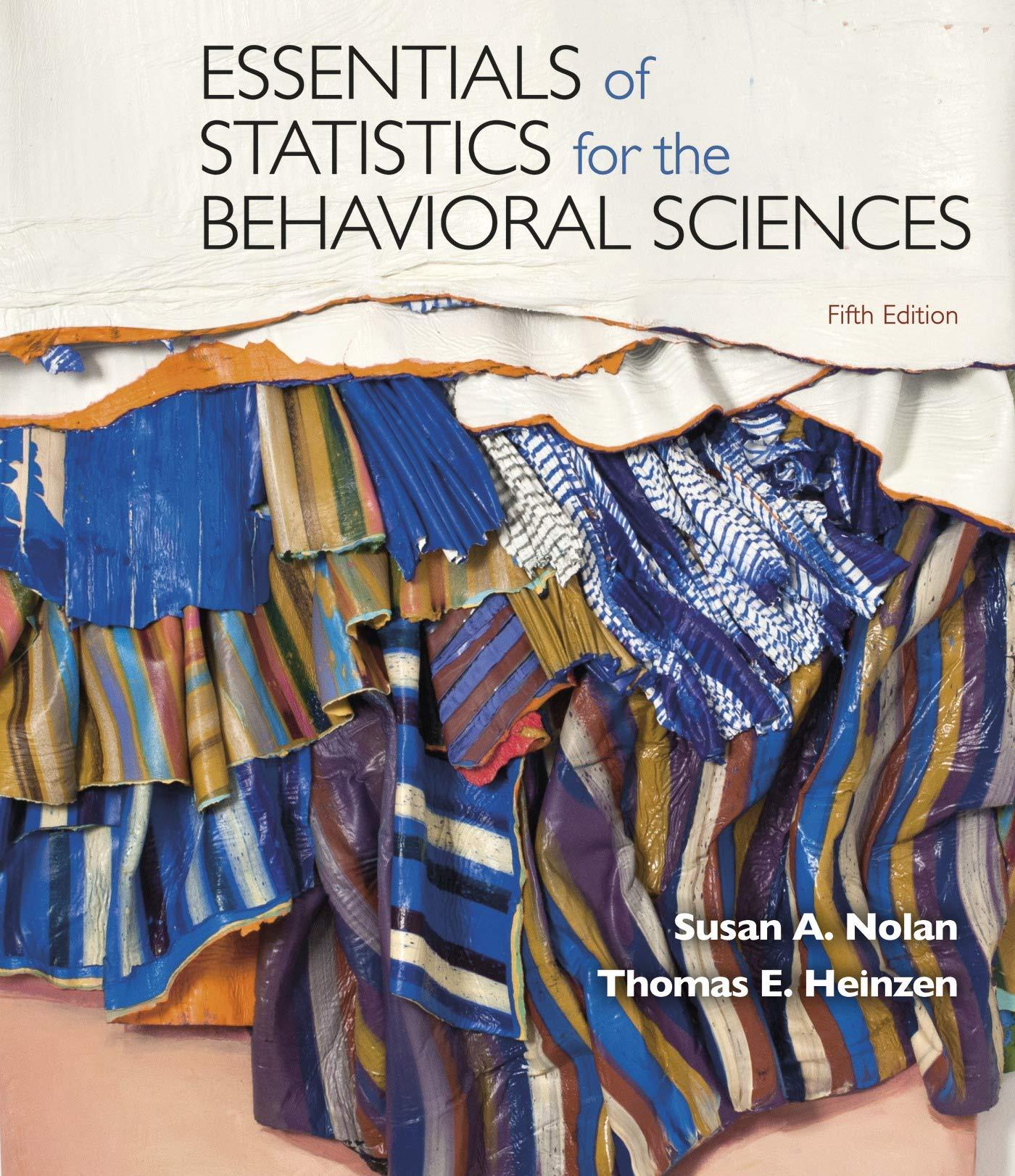12.37 The cross-race effect, main effects, and interactions: Hugenberg, Miller, and Claypool (2007) conducted a study to...
Question:
12.37 The cross-race effect, main effects, and interactions: Hugenberg, Miller, and Claypool (2007) conducted a study to better understand the cross-race effect, in which people have a difficult time recognizing members of different racial groups—colloquially known as the “they all look the same to me” effect. In a variation on this study, white participants in the United States viewed either 20 black faces or 20 white faces for 3 seconds each. Half the participants were told to pay particular attention to distinguishing features of the faces. Later, participants were shown 40 black faces or 40 white faces (the same race that they were shown in the prior stage of the experiment), 20 of which were new. Each participant received a score that measured his or her recognition accuracy. The researchers reported two effects, one for the race of the people in the pictures, F (1, 136) = 23.06, p < 0.001, such that white faces were more easily recognized, on average, than black faces. There also was a significant interaction of the race of the people in the pictures and the instructions, F(1, 136) = 5.27, p < 0.05. When given no instructions, the mean recognition scores were 1.46 for white faces and 1.04 for black faces. When given instructions to pay attention to distinguishing features, the mean recognition scores were 1.38 for white faces and 1.23 for black faces.
a. What are the independent variables and their levels? What is the dependent variable?
b. What kind of ANOVA did the researchers conduct?
c. Do the reported statistics indicate that there is a significant main effect? If yes, describe it.
d. Why is the main effect not sufficient in this situation to understand the findings? Be specific about why the main effect is misleading by itself.
e. Do the reported statistics indicate that there is a significant interaction? Explain your answer.
f. Create a table that includes the cells of the study and the cell means. g. Draw a bar graph that depicts these findings. h. Describe the pattern of the interaction in words. Is this a qualitative or a quantitative interaction? Explain your answer.
Step by Step Answer:

Essentials Of Statistics For The Behavioral Sciences
ISBN: 9781319247195
5th Edition
Authors: Susan A. Nolan, Thomas Heinzen






